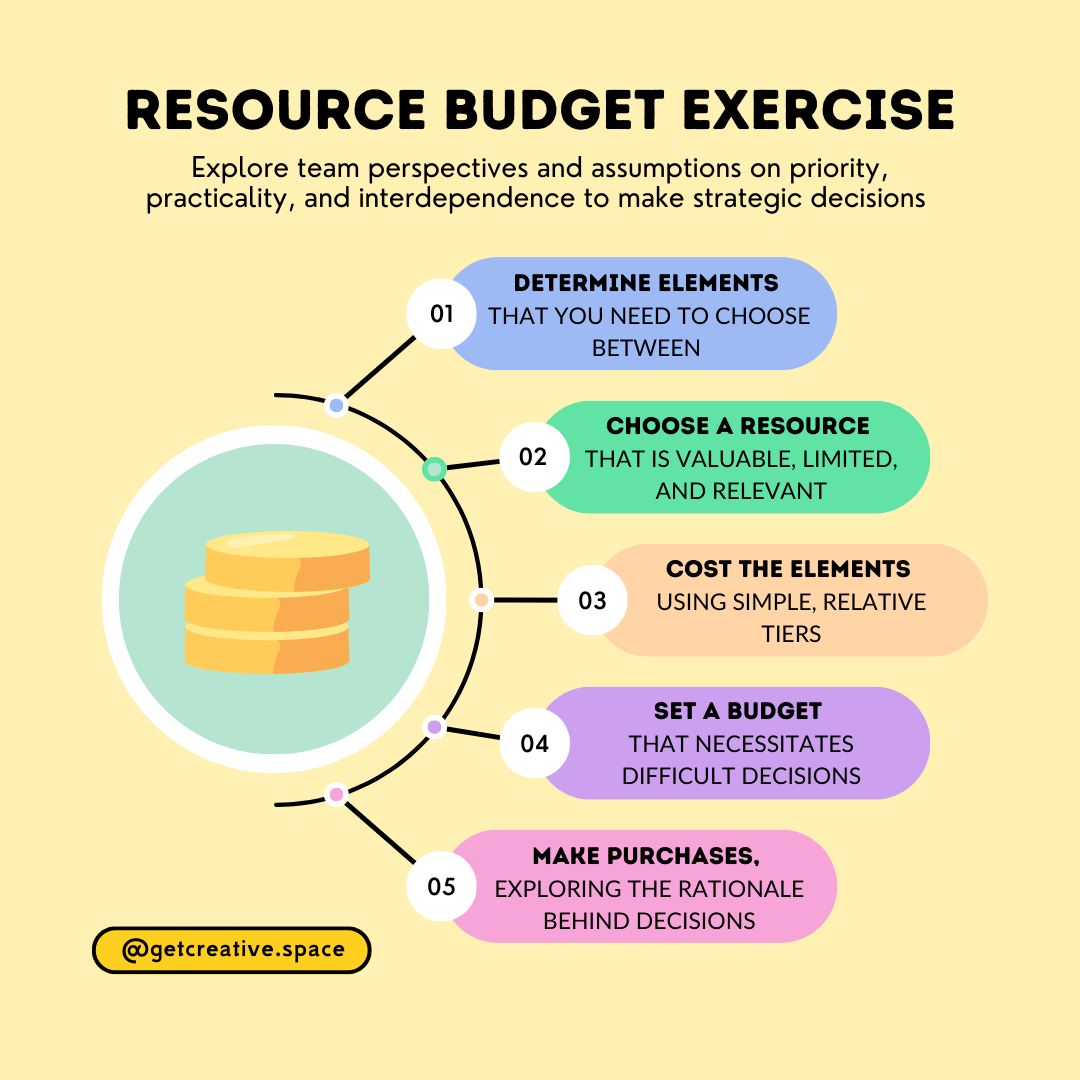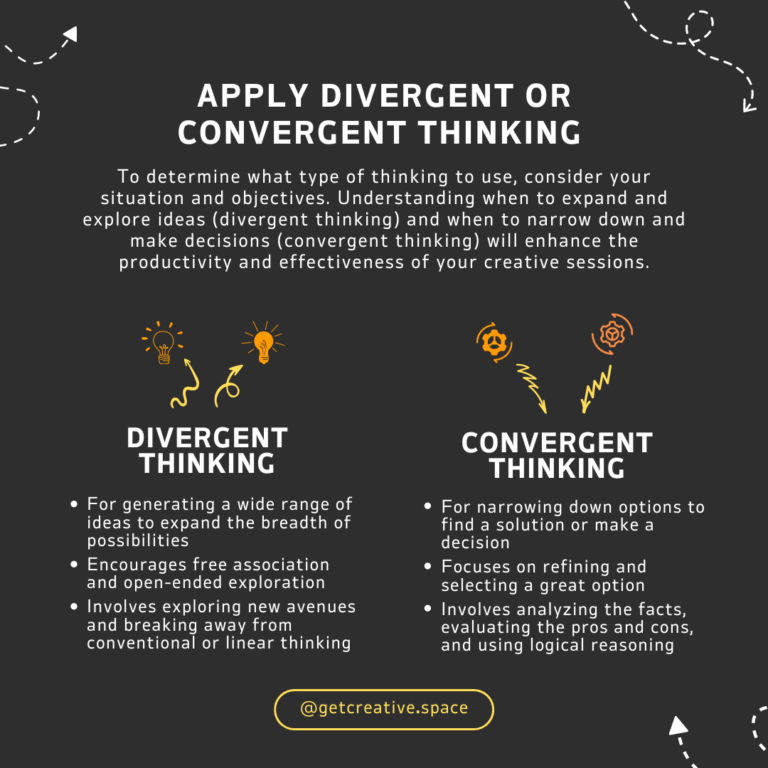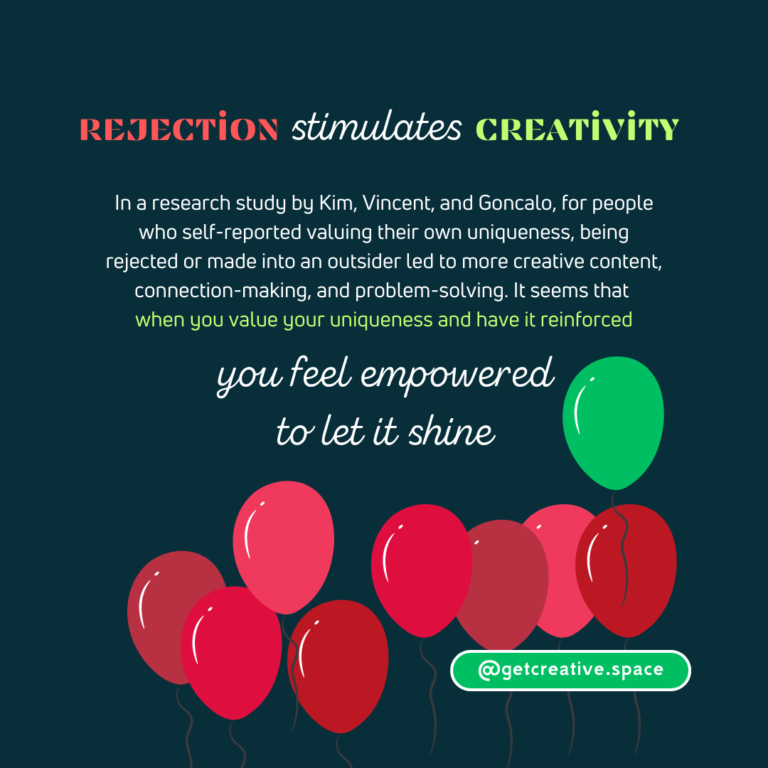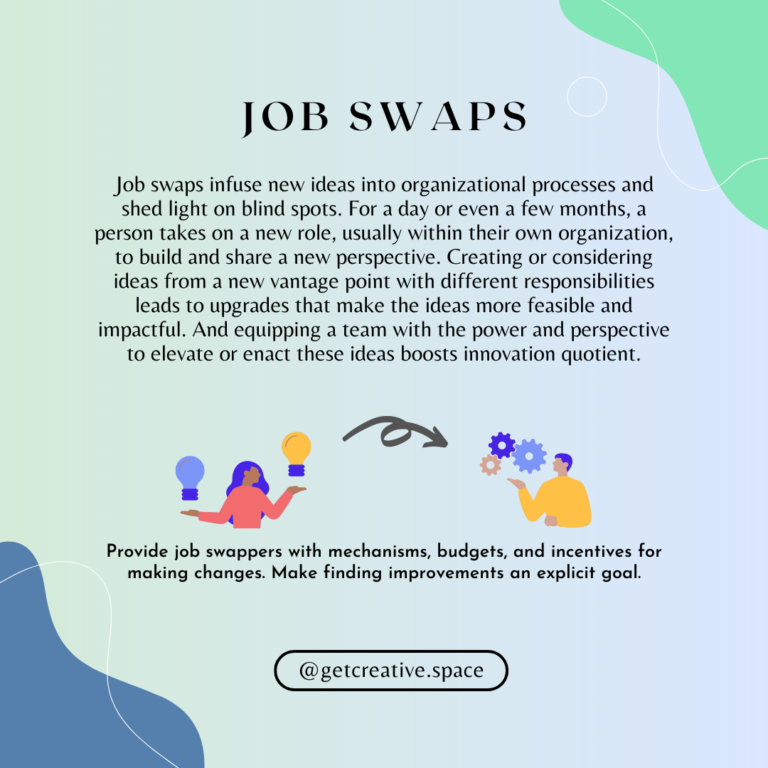Resource Budget Exercise
When working within the constraints of a budget, we’re obliged to manage resources effectively and make difficult decisions on features, quality, and time. A resource budgeting exercise can uncover team perspectives on interdependence, priority, and practicality, bringing strategic thinking into your team’s creative decision-making.
Here is sample of prompts that you could explore with a Resource Budget Exercise:
- Given a limited number of program staff, what choices would you make regarding roles, responsibilities, and supervision?
- With a limited budget, how would you organize research and development activities to focus on key areas of medical innovation or patient treatment advancements?
- With a restricted amount of time for marketing and outreach, which channels would you choose to effectively reach your target audience and drive engagement?
- Given limited work hours, which features or functionalities would you prioritize in the development of a new software product to meet the needs of your users?
- What curriculum enhancements or extracurricular activities would you choose to maximize student engagement and learning outcomes if constrained by a limited budget ?
Here are the steps to setting up the activity:
- List the Elements: Decide what elements you need to choose between. Use elements that you expect to provide significant benefit and which align with the organization’s values and goals. Examples of elements are outreach channels, strategic priorities, workplan activities, and product features.
- Select a Resource: Choose a resource that is valuable, limited, and relevant to the specific situation. Besides money, potential resource limitations include development weeks, workshop minutes, staff members, and work or volunteer hours.
- Cost the Elements: Determine the resource costs for each element. Resource costs do not need to be exact, however, they should be appropriate relative to one another. This means that elements that are likely to take more resources should have a higher relative cost. To keep the activity easy for your participants, use only 2-4 tiers of values (e.g. $100, $200, $300).
- Set a Budget: Establish a budget that challenges the team to make difficult decisions while still being realistic and achievable. People should be able to purchase one-third to one-half of the elements using the budget.
- Make Purchases and Analyze Decisions: Allow people to first make their purchasing choices independently first and avoid being influenced by other people’s decisions. Encourage team members to critically analyze and evaluate the costs and benefits of each element and consider the potential impact on overall team objectives. Ask team members to present their purchases and their rationale. Analyze the frequency that each element was purchased, but pay most attention to the rationale behind the choices. Discuss and explore the assumptions, biases, or values behind the decisions.







